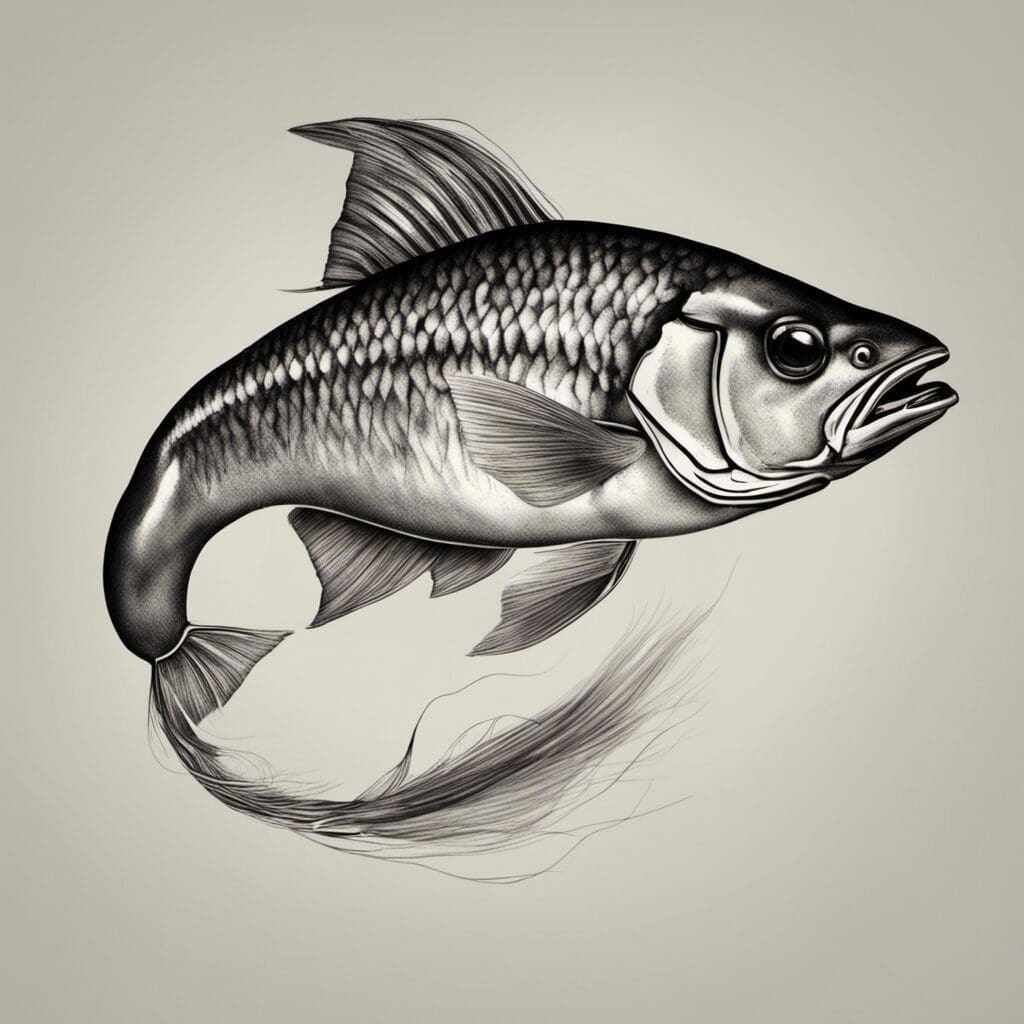Introduction
The Horse-eye Jack (Caranx latus) is a fish species that belongs to the Carangidae family.
Conservation Status
The current status of the Horse-eye Jack in terms of conservation is noted to be of ‘Least Concern’ according to the International Union for Conservation of Nature (IUCN). Conservation efforts are ongoing, with emphasis on responsible fishing and protection of their breeding environments.
Statistics
| Statistic | Average | Range |
|---|---|---|
| Length | 60 cm | 30-100 cm |
| Weight | 5 kg | 2-10 kg |
| Lifespan | 25 years | N/A |
Distribution
The Horse-eye Jack is widely distributed in warm temperate and tropical waters of the Atlantic Ocean. They have also been recorded in the Indian Ocean and Pacific Indian Ocean. They are migratory fish, moving in large schools.
Habitats
The Horse-eye Jack prefers saltwater bodies and is typically found in oceanic and coral reef habitats. They generally live at depths of 1 to 350 meters and tolerate a temperature range of 18-30°C.
When and Where to See
They are abundant during the warmer months. Anglers have a higher chance of catching Horse-eye Jack in the early morning or late evening.
Best Fishing Locations
- Cabo San Lucas, Mexico
- Florida Keys, USA
- Andros Island, Bahamas
- Fiji Islands, Fiji
- Costa Rica
How to Catch
The Horse-eye Jack can be caught using a variety of methods such as fly fishing and trolling. The preferred baits for this species are small fishes and squid. Fishermen often find success using shiny lures and spoons.
Identification Guide
Horse-eye Jacks have a streamlined, deep body with a bluish-green to silver coloration. They have a prominent dark spot on the gill cover and distinctive curved lines on the opisthotic.
Culinary
This fish is often grilled, fried, or used in stews. Its taste is mild with a slight sweetness, and it has a fairly low fat content.
Additional Information
Horse-eye Jacks are predators who feed primarily on smaller fishes. They are known for their mating ritual of forming large schools. Sharks and larger fish are their natural predators. The overfishing poses the biggest human-induced threat to this species.
References and Further Reading
Florida Museum
IUCN Red List

